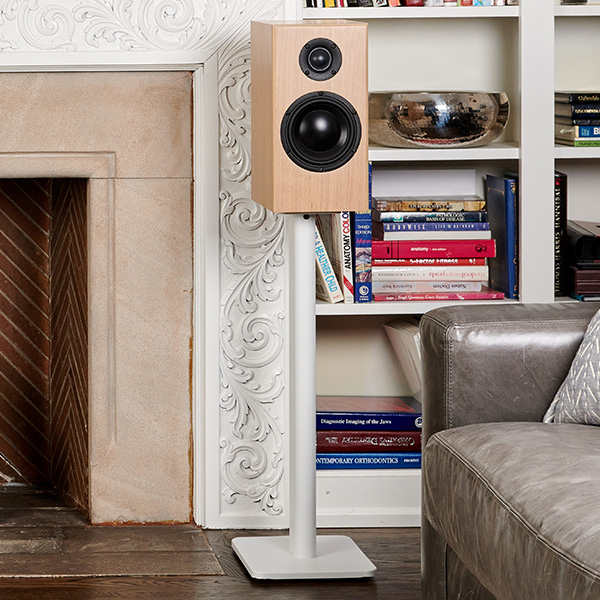
Creating the ultimate listening experience involves more than just choosing the best speakers. The sound quality of your audio system is deeply influenced by the acoustics of the room in which they’re installed. Whether you’re setting up traditional speakers or installing in-ceiling / in-wall speakers, understanding and optimizing your room’s acoustics is key to achieving exceptional sound.
This comprehensive guide will walk you through the basics of room acoustics and offer actionable tips to enhance the sonic performance of your space.
Room acoustics refers to how sound waves interact with the physical space. Factors such as room size, shape, materials, and furnishings can significantly influence sound clarity, balance, and overall performance. Poor acoustics can lead to:
When properly addressed, room acoustics ensure that sound from your speakers remains clear, balanced, and immersive, no matter where you’re seated.
Large rooms tend to have longer reverberation times, while smaller rooms may produce sound that feels ‘boxy.’ Similarly, rectangular rooms with parallel walls can create standing waves that distort sound quality. Opting for irregularly shaped rooms or diffusers can minimize these effects.
Hard surfaces like wood floors, tiles, glass, and bare walls reflect sound, leading to echoes, harshness and distortion. Soft materials such as carpets, curtains, and upholstered furniture absorb sound, creating a warmer and more balanced environment. Striking the right balance between absorption and reflection is crucial.
Positioning your speakers correctly is essential for optimizing sound dispersion. For traditional speakers, ensure they are equidistant from the listening position and angled slightly inward for proper stereo imaging. Angling the speakers is not necessary for most Totem Acoustic speakers since they offer wide dispersion characteristics. For in-ceiling or in-wall speakers, ensure they are placed symmetrically and directed toward the primary listening area. Avoid placing them too close to corners or reflective surfaces. Always start by following the recommendations in your speaker manual before proceeding to further refine the placement of your speakers.
Furniture not only defines the aesthetic of a room but also impacts acoustics. Strategically placing bookshelves, coffee tables, side tables, rugs, and fabric-covered furniture can help diffuse sound and prevent unwanted echoes.
Minimize reverberation by incorporating soft furnishings such as:
Optimize Speaker Placement
For traditional floorstanding or bookshelf speakers, consider the following:
When installing in-wall or in-ceiling speakers, follow these guidelines:
Many modern audio systems, especially AV receivers, come with room calibration features. These tools analyze your room’s acoustics and adjust the audio output accordingly to ensure optimal performance. Be sure to take advantage of these tools if they are available in your audio components as they can result in a substantial improvement to the sound in your space.
In-ceiling and in-wall speakers are often fixed in place, which can limit your ability to adjust their position after installation.
Solution: Plan the layout carefully before installation. Use templates to mark speaker locations and test placement with temporary mounts if possible.
In-wall speakers can sometimes transmit sound to adjacent rooms.
Solution: Install acoustic insulation or backboxes behind the speakers to reduce sound transmission and improve bass response.
In-ceiling speakers can suffer from reflections if the ceiling is too hard or flat.
Solution: Add acoustic panels or diffusers on ceilings to minimize reflections.
Room acoustics play a vital role in maximizing the performance of your audio system. By carefully considering factors like speaker placement, room materials, and acoustic treatments, you can transform your space into a haven for exceptional sound. Whether you’re using Totem Acoustic’s floorstanding models or in-ceiling and in-wall speakers, these tips will help you achieve the audio fidelity your setup deserves.If you enjoyed this article and want to dive deeper into topics like speaker technology and sound optimization, visit the News + Reviews section on our website for more expert insights.
Share this article with your friends!


Get the latest info on new products, events, contests and more!

